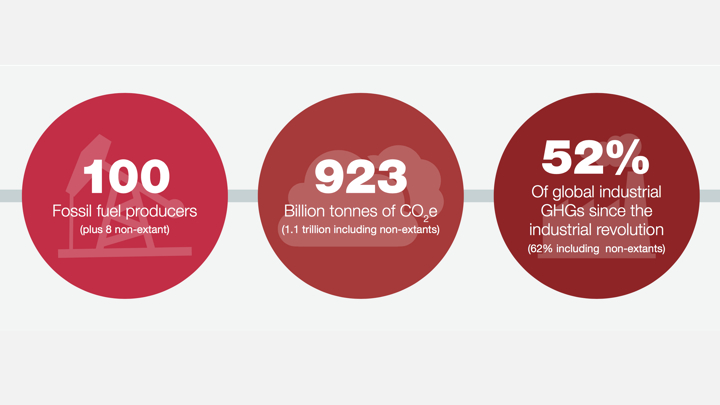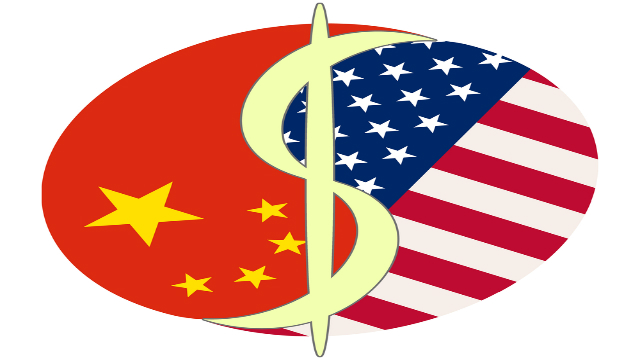Building a Carbon Market
“What does it take to trade in a commodity that cannot be seen or touched—and isn’t even a commodity in the United States?” Scientific American reports on traders in the global carbon market.
Sign up for Big Think on Substack
The most surprising and impactful new stories delivered to your inbox every week, for free.
“[The carbon market] is possibly the newest market in the world, a would-be global attempt to create a trade in the greenhouse gas emissions from any nation’s fleet of cars, household refrigerators, electric power plants, factories, even farms. It’s an attempt to peel back the smothering blanket of global warming by giving people a financial incentive to reduce emissions under an economic concept known as cap and trade. … The effort to create a national market for such CO2 emissions received a serious blow when the U.S. Senate abandoned the effort to pass a climate bill this summer. But worldwide markets are growing…”
Sign up for Big Think on Substack
The most surprising and impactful new stories delivered to your inbox every week, for free.


